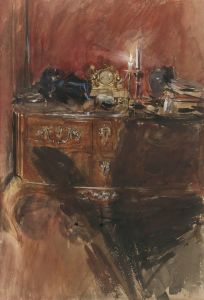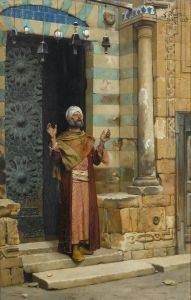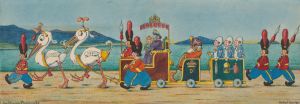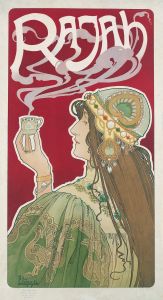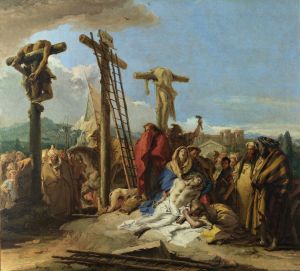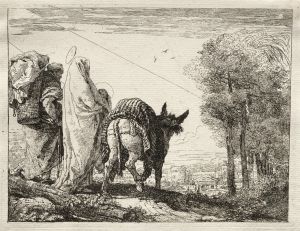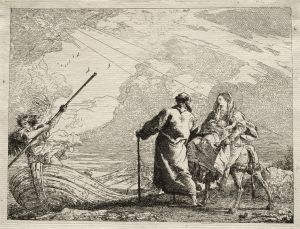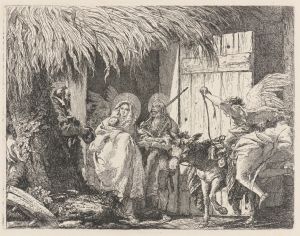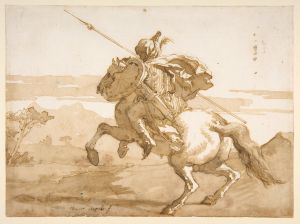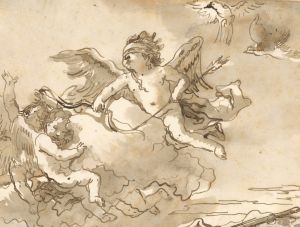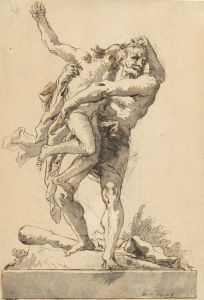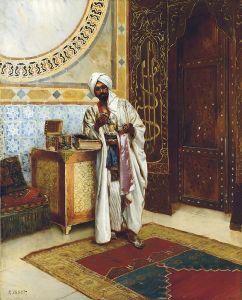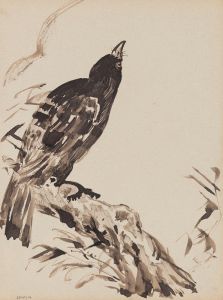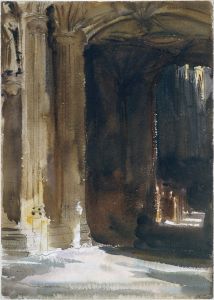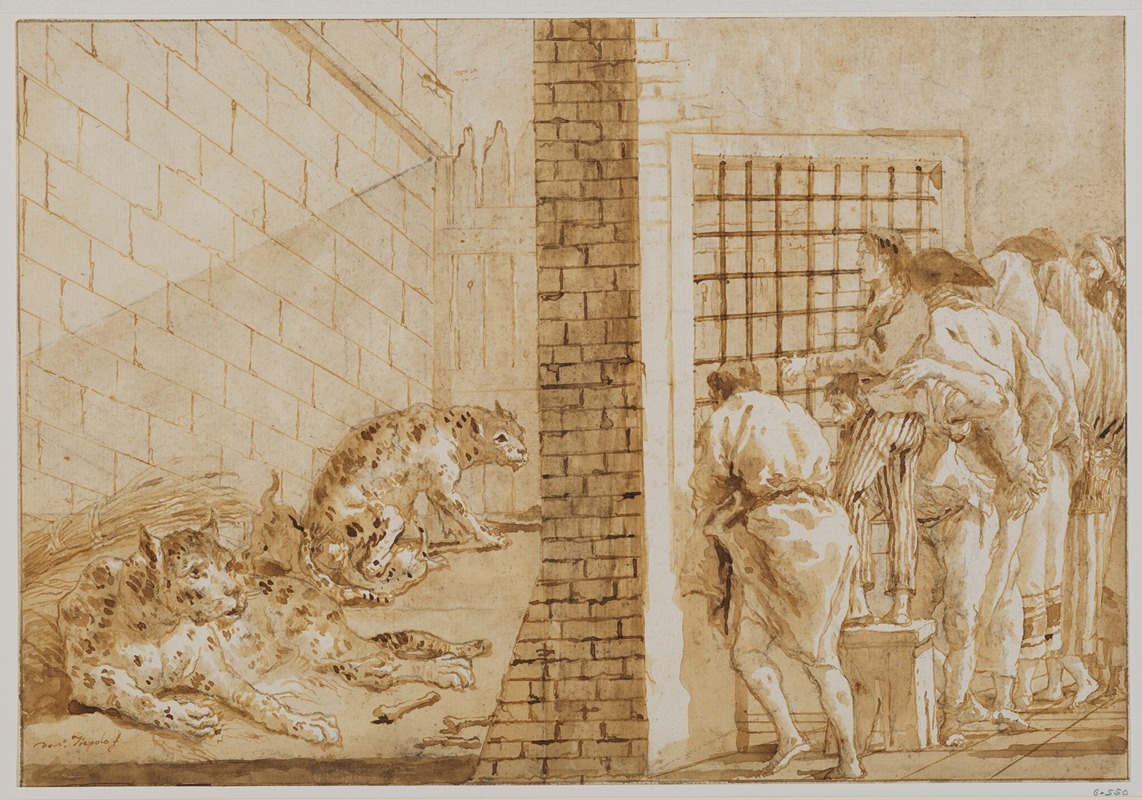
The Leopards’ Cage at the Menagerie
A hand-painted replica of Giovanni Domenico Tiepolo’s masterpiece The Leopards’ Cage at the Menagerie, meticulously crafted by professional artists to capture the true essence of the original. Each piece is created with museum-quality canvas and rare mineral pigments, carefully painted by experienced artists with delicate brushstrokes and rich, layered colors to perfectly recreate the texture of the original artwork. Unlike machine-printed reproductions, this hand-painted version brings the painting to life, infused with the artist’s emotions and skill in every stroke. Whether for personal collection or home decoration, it instantly elevates the artistic atmosphere of any space.
"The Leopards’ Cage at the Menagerie" is a painting by the Italian artist Giovanni Domenico Tiepolo, who was born on August 30, 1727, and died on March 3, 1804. Giovanni Domenico Tiepolo, often referred to as Giandomenico Tiepolo, was the son of the renowned Venetian painter Giovanni Battista Tiepolo. He was an accomplished artist in his own right, known for his frescoes, drawings, and paintings that often depicted lively and dynamic scenes.
"The Leopards’ Cage at the Menagerie" is one of Giandomenico Tiepolo's notable works, showcasing his skill in capturing the vibrancy and energy of his subjects. The painting depicts a scene from a menagerie, which was a popular form of entertainment in the 18th century, where exotic animals were kept for public display. Menageries were precursors to modern zoos and were often associated with royal courts and wealthy patrons.
In this painting, Tiepolo illustrates a cage containing leopards, surrounded by a crowd of onlookers. The composition is dynamic, with the figures arranged in a way that guides the viewer's eye around the scene. The leopards are depicted with a sense of realism and attention to detail, highlighting Tiepolo's ability to render animal forms convincingly. The onlookers, dressed in contemporary 18th-century attire, display a range of expressions and poses, adding to the lively atmosphere of the scene.
Tiepolo's use of color and light in "The Leopards’ Cage at the Menagerie" is characteristic of his style. He employs a bright and varied palette, with contrasting hues that enhance the visual impact of the painting. The light is used to create depth and dimension, illuminating the figures and the cage in a way that draws attention to the central subjects while also providing a sense of the environment.
The painting reflects the fascination with exotic animals and the spectacle of the menagerie during the 18th century. It also showcases Tiepolo's ability to capture the essence of a moment, combining detailed observation with a sense of movement and energy. This work is an example of how art from this period often served both as a form of entertainment and as a means of documenting contemporary life and interests.
Giandomenico Tiepolo's contributions to art extend beyond his paintings. He was also known for his series of frescoes and his work as a draftsman. His artistic legacy is closely tied to that of his father, but he managed to carve out his own niche, particularly with his genre scenes and depictions of everyday life.
"The Leopards’ Cage at the Menagerie" remains an important piece within Tiepolo's oeuvre, exemplifying his talent and the cultural context of his time. The painting is appreciated for its historical significance as well as its artistic merit, offering insight into the 18th-century fascination with the exotic and the ways in which such themes were represented in art.





